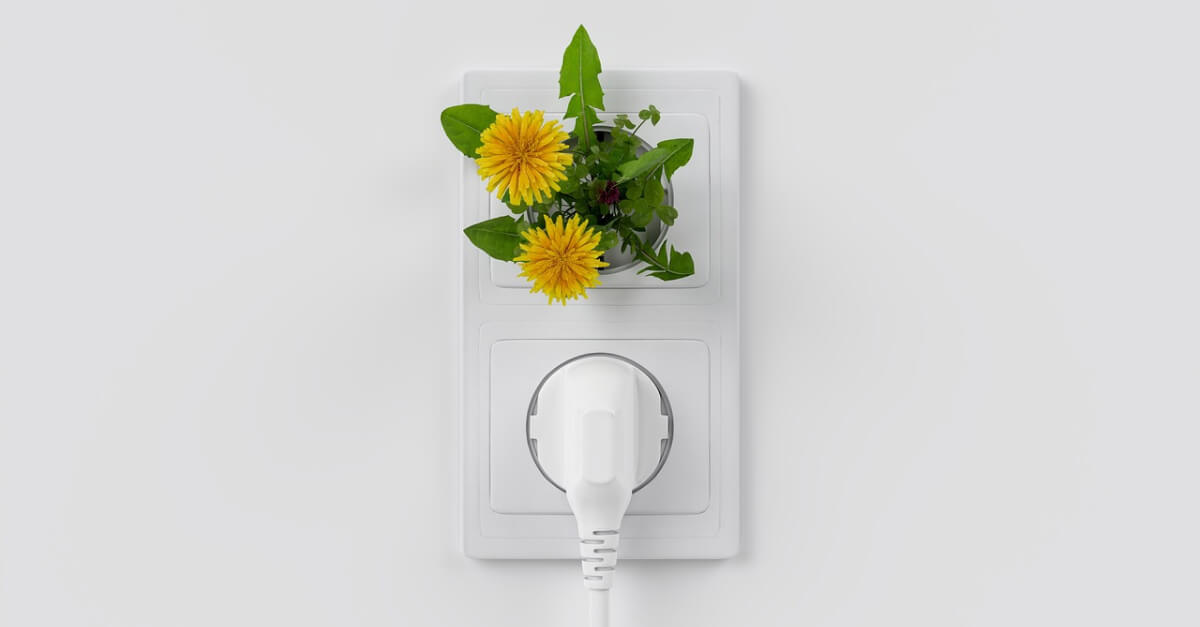Hyundai Motorstudio Senayan Park
Hyundai Motorstudio Senayan Park
Newsroom
The official news from Hyundai Motorstudio Senayan Park and a collection of innovative articles on mobility and sustainability here.
-
How is the Potential of Renewable Energy in Indonesia?
- Hyundai Motorstudio Senayan Park Senayan Park 2022.10.19
-
Today's global energy demand has tripled since 1950. In fact, its use is estimated to have reached 10 billion tons per year. Most of this energy is produced from non-renewable materials, for example oil, coal, gas to nuclear energy.
Of these several energy sources, petroleum is the most critical energy source. Considering how the availability of petroleum is starting to run low coupled with the dangers of its use.
Therefore, efforts to find renewable energy sources as well as environmentally friendly are important to do.
Advantages of Renewable Energy
As the title implies, this new renewable energy will always be used by humans without worrying about the amount decreasing rapidly.
Renewable energy is an alternative energy source that is popular because of its friendliness to the environment because it does not produce waste or emissions that are harmful to the survival of other living things.
Renewable energy can also be used for free. For example, solar and water resources that flow continuously and do not need large investments. So that you can process these renewable resources so that they can become energy that you can use every day.
Renewable Energy Potential Map
The Center for Research and Development of Electricity Technology, New Energy, Renewable Energy and Energy Conservation on December 30, 2021 has updated five maps of the potential of renewable energy in Indonesia.
It aims to provide actual and comprehensive information about the potential of new and renewable energy in Indonesia. As well as, supporting policy making in increasing the development of new and renewable energy,
map update is divided into upgrading two existing potential maps, namely the Solar Energy Potential and the Wind Energy Potential. With the addition of three potential maps, namely the Floating PLTS Potential, City Waste Potential, and Hydro Dam Potential.
Below is a little information about each of the existing renewable energy potentials in Indonesia.
1. Solar Energy Potential
Renewable energy sources are considered to be developing quite rapidly in the world, including in Indonesia, namely solar energy. Indonesia's position which gets sunshine all year round with its natural wealth of silica sand is a gift that needs to be optimized as a tropical country. The potential for the development of solar energy is very large, it is noted that Indonesia has a solar energy potential of around 207,898 MW (4.80 kWh/m2/day).
The availability of solar potential in all parts of Indonesia is needed as the first step in utilizing solar energy as a potential renewable energy.
2. Wind Energy Potential
The existence of a map of the potential for wind energy as a renewable energy that is precise and accurate throughout Indonesia is needed as a first step for the identification and selection of wind energy project locations. This map will later provide information about wind characteristics throughout the region such as annual energy maps (in kWh/ or W/m2), average wind speed, and maximum and minimum speeds which can be converted into power density maps. This information is certainly very useful because it becomes the basis for determining the location by selecting the right and accurate turbine technology.
3. Potential of Floating PLTS
Indonesia is an archipelagic country with an area of about 2/3 consisting of waters with great potential for solar energy because it is included in a position in a tropical country. Various efforts have been made by the government to meet the national electricity needs, one example is the floating solar power plant (PLTS).
Floating PLTS is a centralized PV mini-grid model that is placed floating on water such as reservoirs, lakes or the like, and includes the sea. The advantages of this floating solar power plant compared to other centralized solar power plants are reducing the occurrence of water evaporation, not requiring land/land which is usually more expensive, inhibiting the growth of other weeds such as water hyacinth and water evaporation that occurs and holding the PV module in creating a cooling system that functions to increase efficiency. electricity generated by PV cells.
4. Potential Waste
The current government is increasingly paying special attention to the use of waste which can be a source of energy through the use of certain technologies. The waste produced by the community can later become one of the energy sources that can be utilized and is estimated to produce a potential of 2000 MW.
5. Dam Hydro Potential
Indonesia has a large hydro dam potential with a total hydro dam potential of around 95,003 MW. The hydropower plant will utilize hydropower from the dam, which can be implemented to support the development of the Renewable Energy Based Industry (REBID) program from a large-scale Hydroelectric Power Plant (PLTA).
In reducing the use of non-renewable energy you can start independently right from your home. Start first by replacing the bulbs in your home by using LED lights that are more energy efficient and reduce the use of electrical power. Another most common way is to install and use solar panels in your home.
Installation of solar panels can be done on the roof of your house so that the results can be maximized and are able to accommodate a lot of power from the sun. You can use the electricity generated from solar panels for various energy-efficient equipment and reduce unnecessary electricity consumption.
There is another way that you can apply to your daily life that affects the utilization of non-renewable natural resources, namely by starting to use electric cars such as the Hyundai brand. In addition to being more energy efficient, you also support the reduction of carbon emissions.
That was a little explanation about the potential of renewable energy in Indonesia.




